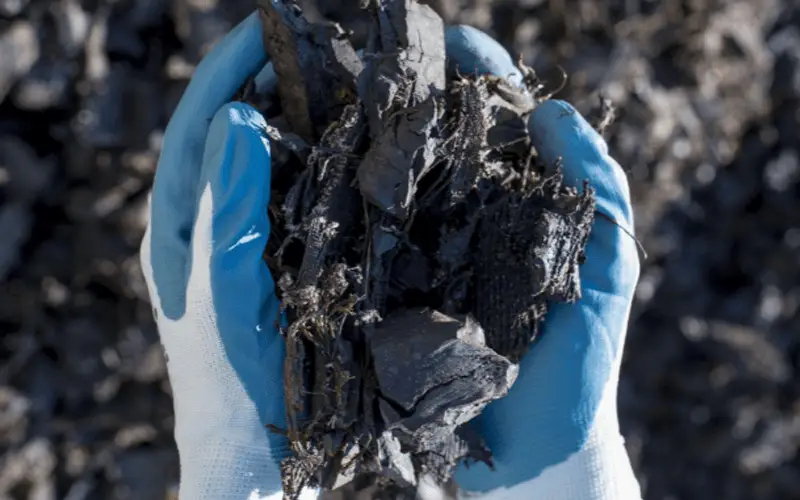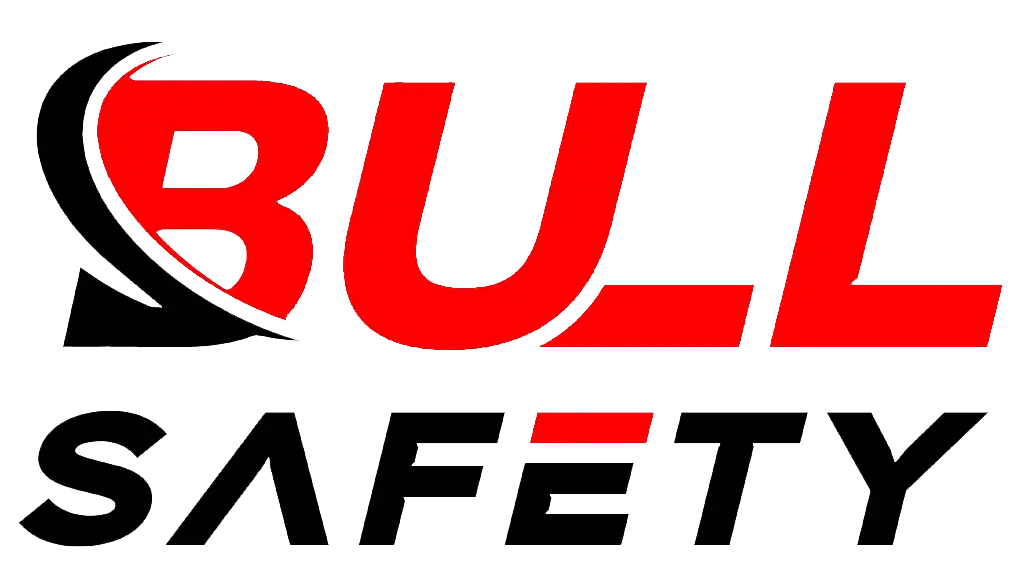When choosing work gloves, I always start with one question: What kind of protection do you need? The right glove depends entirely on the job. With so many options out there, I know how overwhelming it can be to find the best one for your needs.
Here’s what I tell my clients:
- Leather gloves – Great for durability and heavy-duty work like construction or welding.
- Nitrile gloves – Ideal for handling chemicals, oils, or greasy parts.
- Cut-resistant gloves – A must for sharp objects, made with HPPE or Kevlar for high protection.
If you’re buying for industrial workers, warehouse employees, or mechanics, selecting the right material makes all the difference.

I’ve worked with PPE buyers for over a decade, and I always emphasize:
Gloves aren’t just gloves—they are safety equipment.
The wrong choice can lead to injuries, downtime, and liability issues. Let’s make sure you’re getting the right protection for your market.
How Do Work Gloves Protect You?
When we talk about hand protection, it’s not just about covering the skin. Gloves need to protect against real workplace risks—cuts, chemicals, burns, and more.
Here’s what I always remind my clients:
- Sharp Objects? Cut-resistant gloves with HPPE or Kevlar are the best choice.
- Chemicals? Nitrile, latex, or PVC gloves provide the best barrier.
- Heat or Cold? Insulated gloves keep workers safe from burns or frostbite.
The biggest mistake I see is when buyers choose the wrong glove for the job. You wouldn’t use a simple knit glove for metalwork, right?

The Importance of Proper Glove Fit
A loose glove can slip off, while a tight glove restricts movement.
The right fit improves comfort, grip, and safety—something I always advise when helping clients select their PPE.
What Gloves Have the Most Protection?
If a client asks me, "Which gloves offer the best protection?", my answer depends on the risks they’re dealing with.
The most protective gloves combine multiple safety features:
✔ Cut-resistant gloves – Kevlar or HPPE materials prevent cuts and punctures.
✔ Impact-resistant gloves – Reinforced knuckle protection (TPR) absorbs shocks.
✔ Chemical-resistant gloves – Nitrile or neoprene gloves act as a barrier.
I work with PPE distributors who need high-performance gloves for multiple industries. Many of them choose multi-purpose gloves—a combination of cut, impact, and chemical resistance—to cover all bases.
What Gloves Does OSHA Recommend?
If you’re selling PPE in the U.S., your clients will ask: Are these gloves OSHA-compliant?
OSHA’s safety regulations are strict, and choosing the right gloves for workplace risks is non-negotiable.
Here’s what OSHA guidelines recommend:
- Cut-resistant gloves for handling sharp tools (must meet EN388 standards).
- Vibration-resistant gloves for machinery operators (ANSI S3.20).
- Chemical-resistant gloves for hazardous materials (ASTM F739 compliance).
When I help buyers source gloves, I always ensure they meet the right standards.
PPE regulations vary across markets, so I make sure my clients get the correct certifications for their target customers.
OSHA Guidelines for Different Industries
| Industry | Recommended Gloves | Relevant Standards |
|---|---|---|
| Construction | Cut-resistant, impact protection | EN388, ANSI/ISEA 105 |
| Chemical Handling | Chemical-resistant gloves | ASTM F739, EN374 |
| Metalworking | Cut and abrasion resistance | EN388, ANSI/ISEA 105 |
| Machinery Operation | Vibration-resistant gloves | ANSI S3.20, ISO 10819 |
| Laboratory Work | Chemical-resistant, dexterity | ASTM F739, EN374 |
I always tell my clients:
The right gloves are an investment in safety and productivity.
Whether you’re supplying to construction, automotive, or industrial sectors, choosing the right materials and certifications matters.
If you need help selecting the best gloves for your customers, let’s talk.
I specialize in work gloves and know exactly what European and American buyers are looking for.
Let’s make sure you get the right products in your hands.



